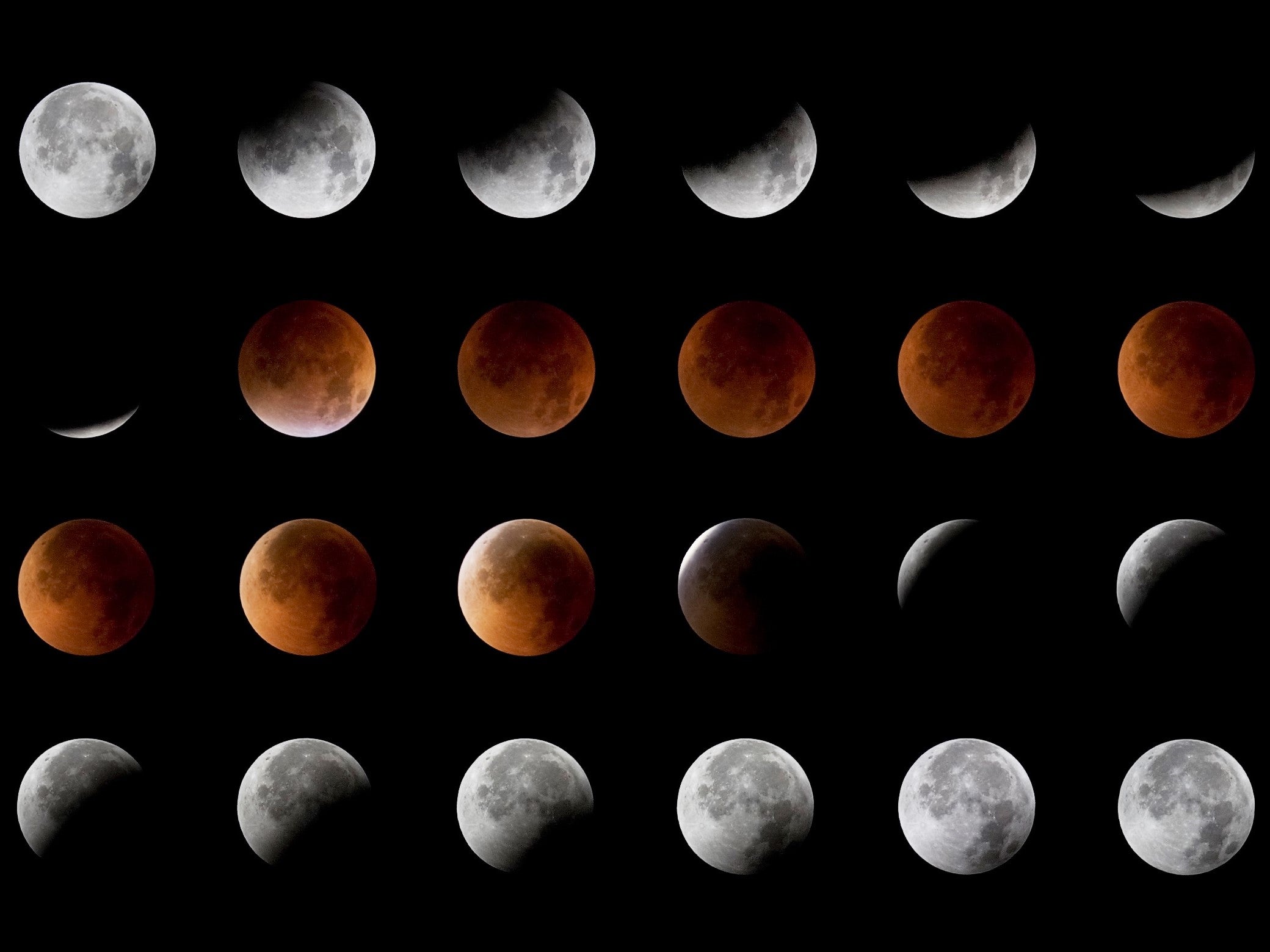Lunar eclipse 2023: How to see the rare ‘flower moon’ change colour tonight
Africa, Asia and Oceania, as well as most of Europe will be treated to the astronomical event

A rare penumbral lunar eclipse on Friday will see the Moon darken and change colour slightly for billions of people around the world.
It is the first lunar eclipse of 2023, with a second partial eclipse occurring on 28 October.
It will be visible from all of Africa, Asia and Oceania, as well as most of Europe, however it will not be possible to see it from large parts of the UK.
The whole of North America and South America will miss the event, as the Moon will be hidden behind the horizon throughout the eclipse.
The peak of the lunar eclipse will be at 18.24pm BST on 5 May, beginning at 16.15pm and ending at 20.32pm.
A penumbral lunar eclipse occurs when the Moon falls into the shadow of the Earth, though only the outer part of the shadow that is more faint.
It makes it more difficult to see than a total lunar eclipse, with the next maximum eclipse not taking place until 2025.
During the eclipse the Moon takes on a reddish-orange tinge for people viewing from Earth.
“The same phenomenon that makes our sky blue and our sunsets red causes the Moon to turn red during a lunar eclipse,” Nasa explained on its website.
“Light travels in waves, and different colours of light have different physical properties. Blue light has a shorter wavelength and is scattered more easily by particles in Earth’s atmosphere than red light, which has a longer wavelength.”
The US space agency continued: “Red light, on the other hand, travels more directly through the atmosphere. When the Sun is overhead, we see blue light throughout the sky. But when the Sun is setting, sunlight must pass through more atmosphere and travel farther before reaching our eyes.
“During a lunar eclipse, the Moon turns red because the only sunlight reaching the Moon passes through Earth’s atmosphere. The more dust or clouds in Earth’s atmosphere during the eclipse, the redder the Moon will appear.”
Subscribe to Independent Premium to bookmark this article
Want to bookmark your favourite articles and stories to read or reference later? Start your Independent Premium subscription today.

Join our commenting forum
Join thought-provoking conversations, follow other Independent readers and see their replies